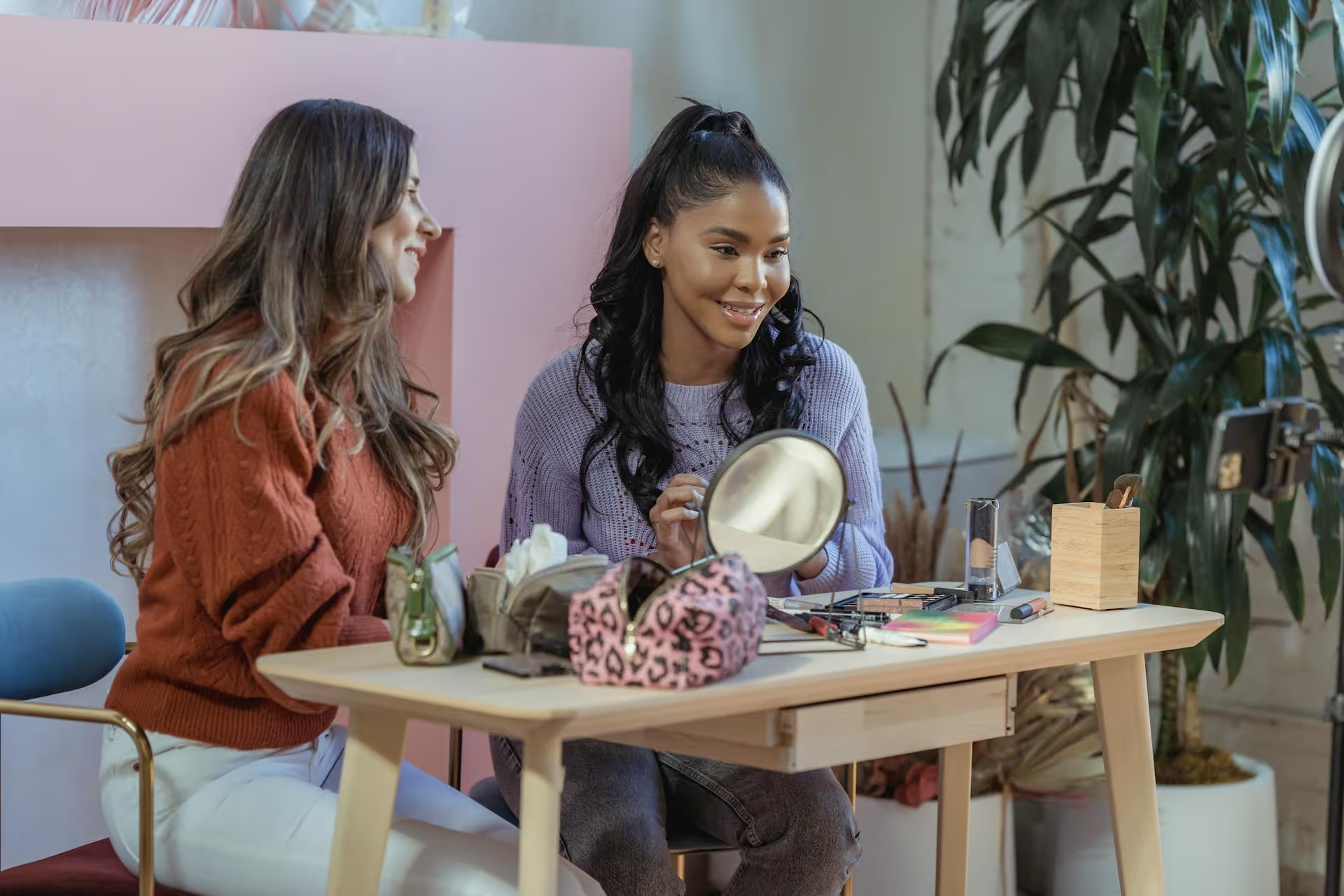How to Add Social Media Icons to an Email Signature
Enhance your email signature by adding social media icons. Discover step-by-step instructions to turn every email into a powerful marketing tool.

Creating compelling video for social media doesn't require a Hollywood budget or a professional film crew. With the right techniques and a solid plan, you can turn your smartphone into a content-creation powerhouse. This guide will walk you through everything you need to know, from setting up your shot to applying the final edits, so you can start producing videos that stop the scroll and connect with your audience.
Great video content rarely happens by accident. It starts with a clear plan. Spending just 15 minutes thinking through your video before you start filming can save you hours of frustration later and dramatically improve the final result. Think of this as your creative roadmap.
Before you even think about cameras or lighting, ask yourself two simple questions:
Once you have a goal, you can pick a format that serves it. Social media is home to dozens of content styles, but here are a few popular formats that work across platforms:
“Winging it” can lead to rambling, long pauses, and forgetting your main points. You don’t need a detailed, word-for-word script, but a simple outline can make all the difference. Try this simple structure:
You probably already own the most important piece of video equipment. Professional-looking videos are more about technique than expensive gear. Focus on nailing the fundamentals with equipment you already have or can get affordably.
Modern smartphone cameras are incredibly powerful. Don't feel like you need a pricey DSLR to get started. The key is to optimize your phone’s settings for the best quality. Before filming, open your camera settings and check for these options:
Good lighting is the difference between a video that looks amateur and one that looks polished and professional. Your audience won’t watch what they can’t see clearly. You have two main options:
You can get away with slightly imperfect video quality, but bad audio will make people scroll away instantly. Muffled, echoey, or hard-to-hear audio makes your content feel unprofessional and difficult to consume. To get great audio:
Shaky footage is distracting and can look unprofessional. Keeping a steady camera is an easy way to elevate your video's production value. You don't need a dolly track, just a little bit of support.
Now that you’re set up, it's time to film. A few simple techniques will help you capture footage that is visually engaging and designed for social media feeds.
How you frame yourself in the shot has a huge impact on how professional your video feels.
Even for a simple talking-head video, variety is your friend. Recording everything from the same static angle can get boring. Mix things up by filming different parts of your video from slightly different angles or distances.
Remember to relax! It’s okay if it takes a few tries to get a clean take. Speak clearly, look directly into the camera lens (not at yourself on the screen), and let your personality shine through.
Editing is where your video comes to life. Today’s mobile apps make editing simple and intuitive, so you don't need expensive desktop software.
Most of your editing can and should happen right on your phone. Highly recommended mobile editing apps like CapCut, VN Editor, and InShot offer powerful features for free.
The first step is to clean up your footage. Drop all your clips into the timeline. Trim the beginning and end of each clip to remove any dead air or mistakes. If a take started with a mistake, just cut it out. Arrange your clips in the correct order to form a cohesive narrative.
This is where social-first editing really happens.
Finalize your sound to create the right mood and energy.
Filming for social media is a skill that develops with practice. The key is to start with a solid plan, focus on getting clean light and sound, and use simple editing techniques to create engaging, accessible content. Don't chase perfection, aim for progress and consistency, and you’ll build a library of valuable content that connects with your audience.
As you get more consistent with creating video content, managing and scheduling it all can quickly become a headache. We designed Postbase specifically for the modern social media landscape, which is built around Reels, TikToks, and Shorts. You can plan your entire video calendar visually, upload your finished videos once and schedule them across all your platforms without formatting issues, and trust that everything will publish reliably when it's supposed to.
Enhance your email signature by adding social media icons. Discover step-by-step instructions to turn every email into a powerful marketing tool.
Learn how to add your Etsy link to Pinterest and drive traffic to your shop. Discover strategies to create converting pins and turn browsers into customers.
Grant access to your Facebook Business Manager securely. Follow our step-by-step guide to add users and assign permissions without sharing your password.
Record clear audio for Instagram Reels with this guide. Learn actionable steps to create professional-sounding audio, using just your phone or upgraded gear.
Add translations to Instagram posts and connect globally. Learn manual techniques and discover Instagram's automatic translation features in this guide.
Optimize your Facebook Business Page for growth and sales with strategic tweaks. Learn to engage your community, create captivating content, and refine strategies.
Wrestling with social media? It doesn’t have to be this hard. Plan your content, schedule posts, respond to comments, and analyze performance — all in one simple, easy-to-use tool.